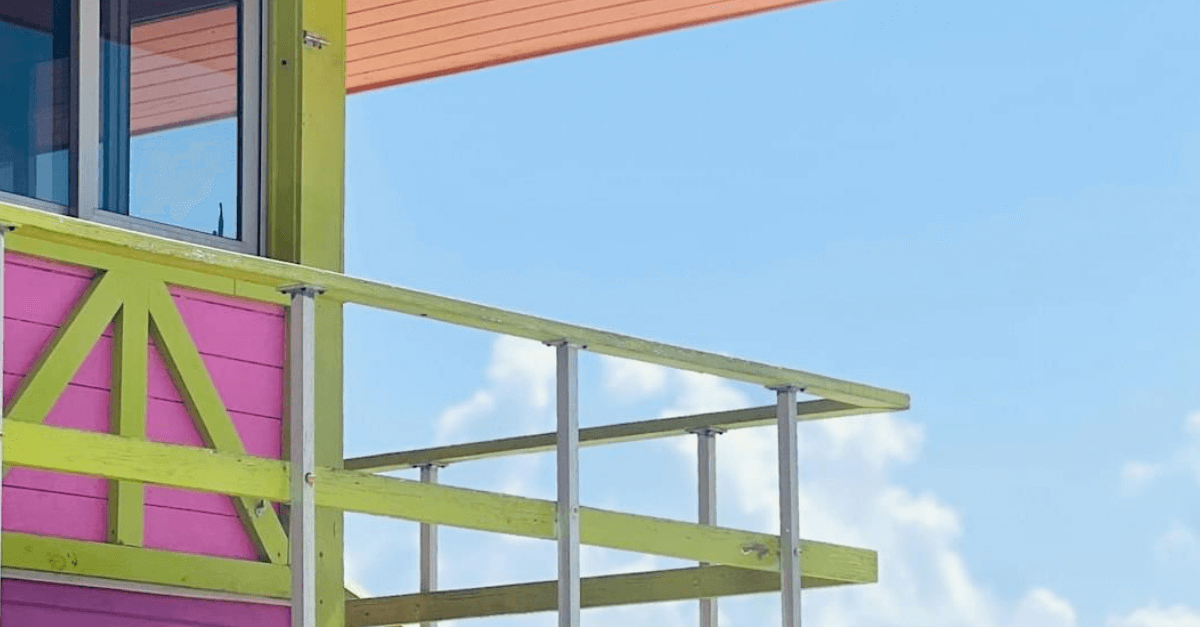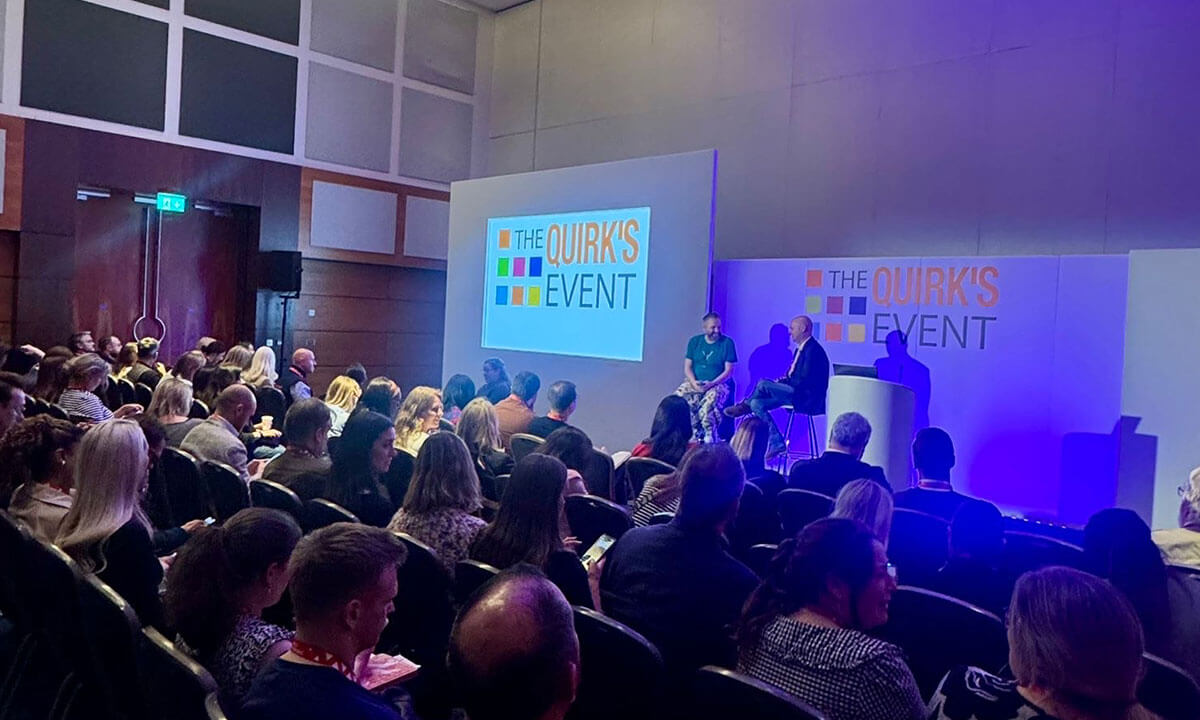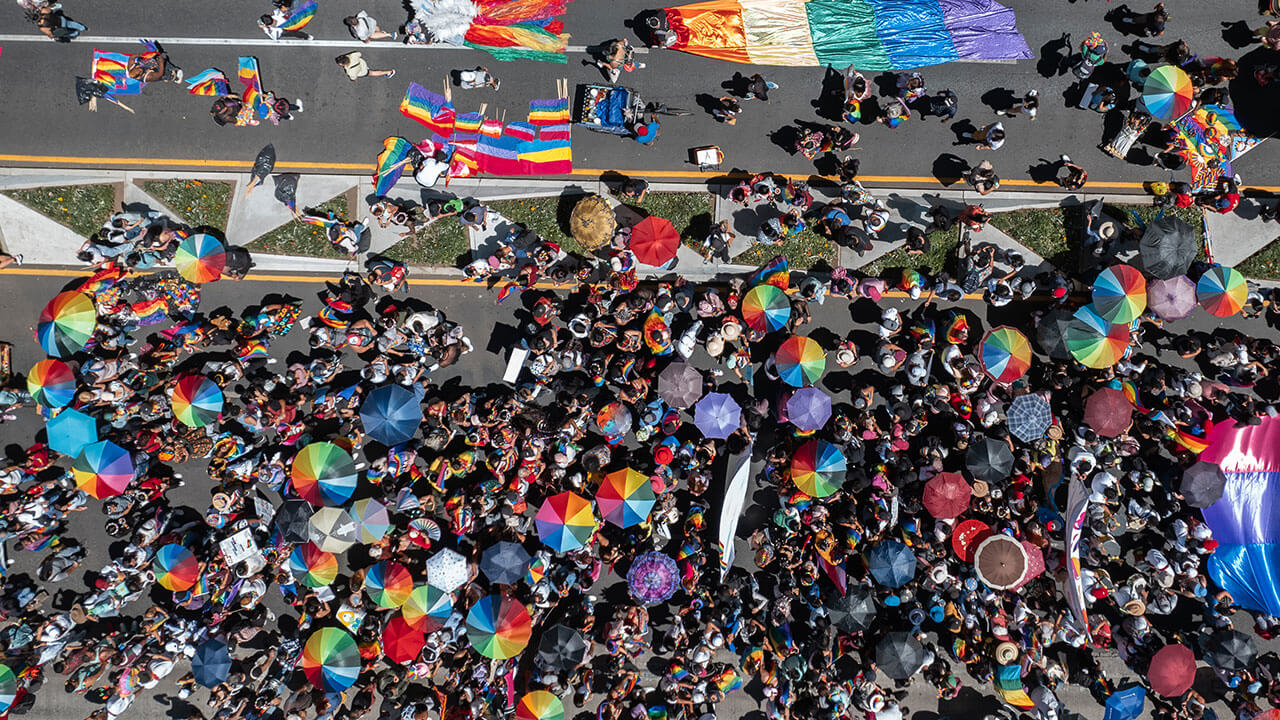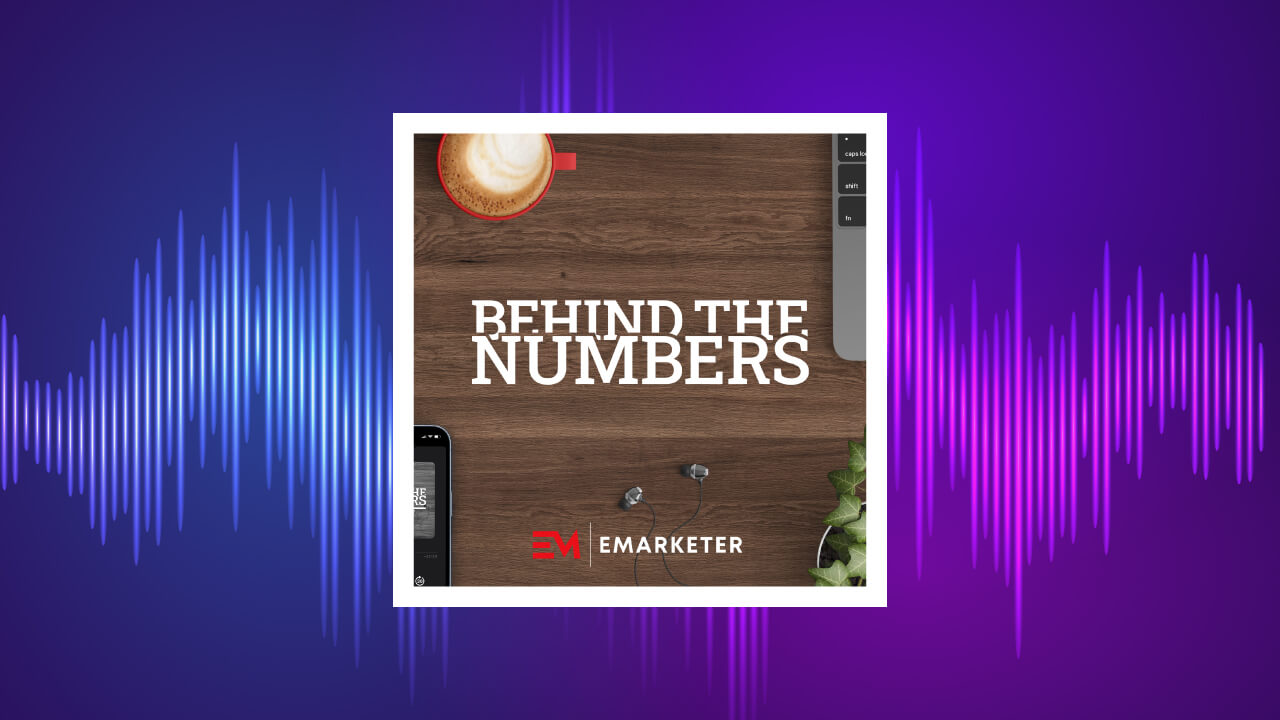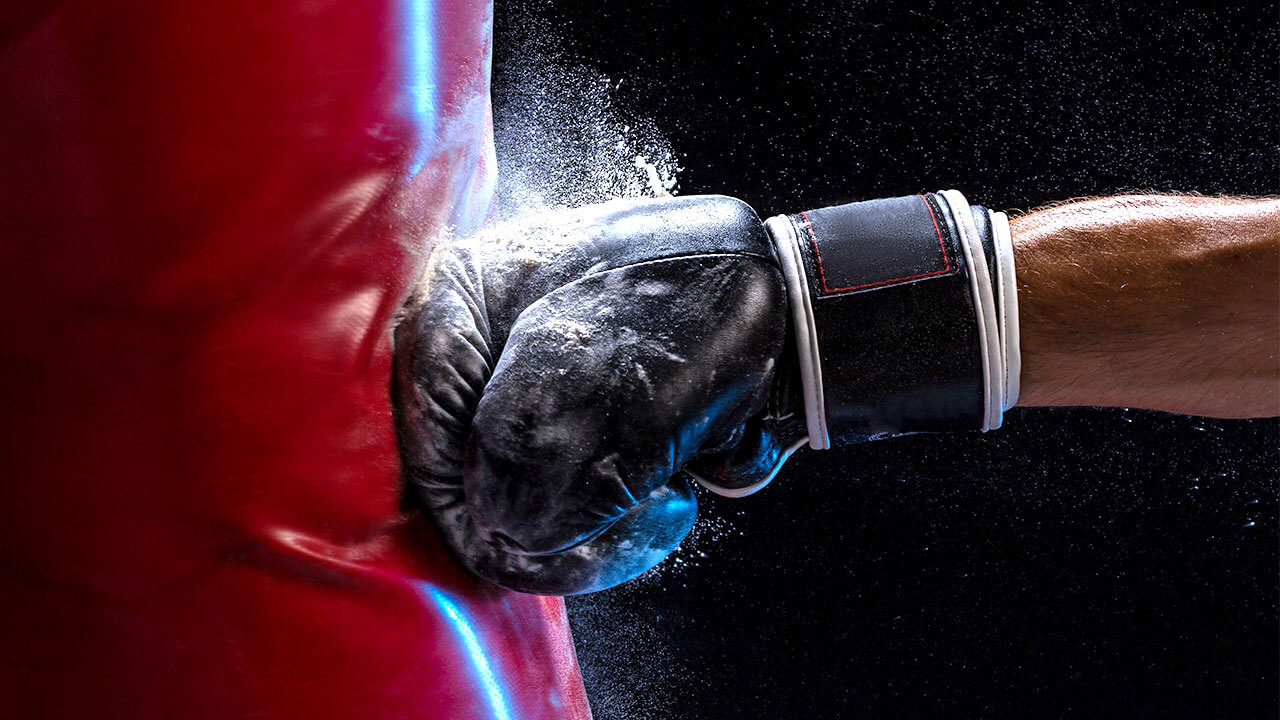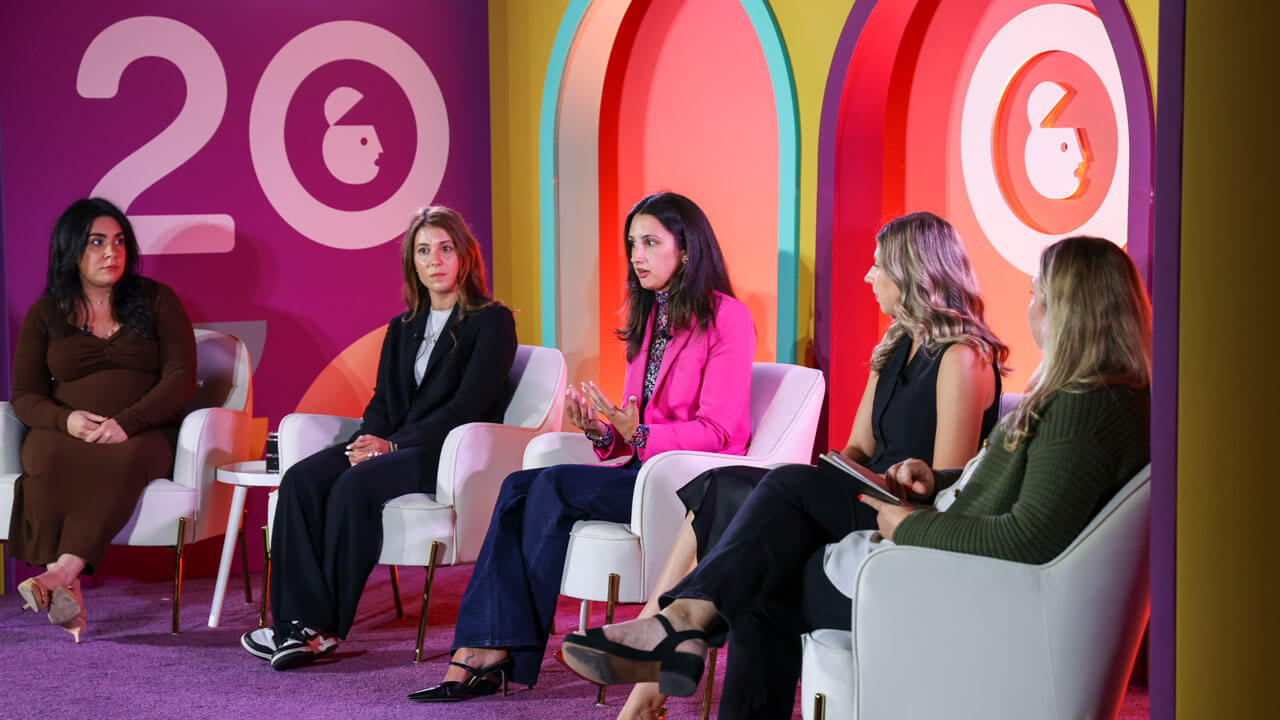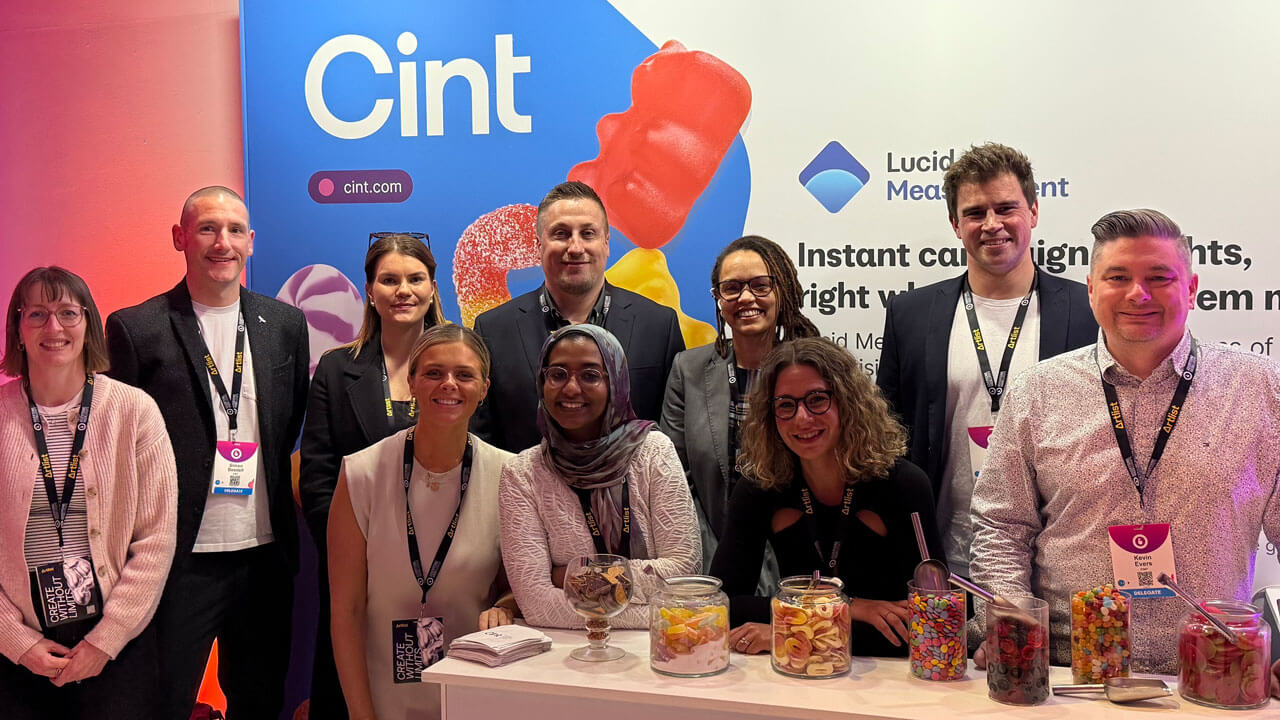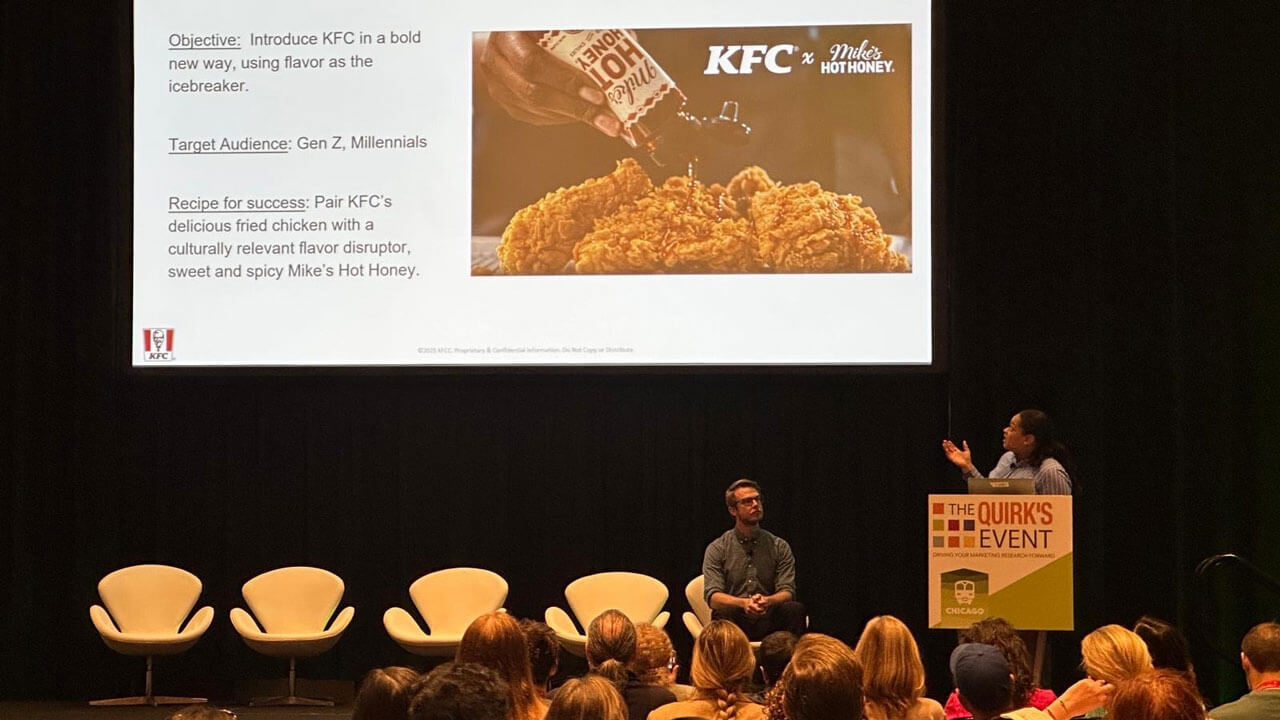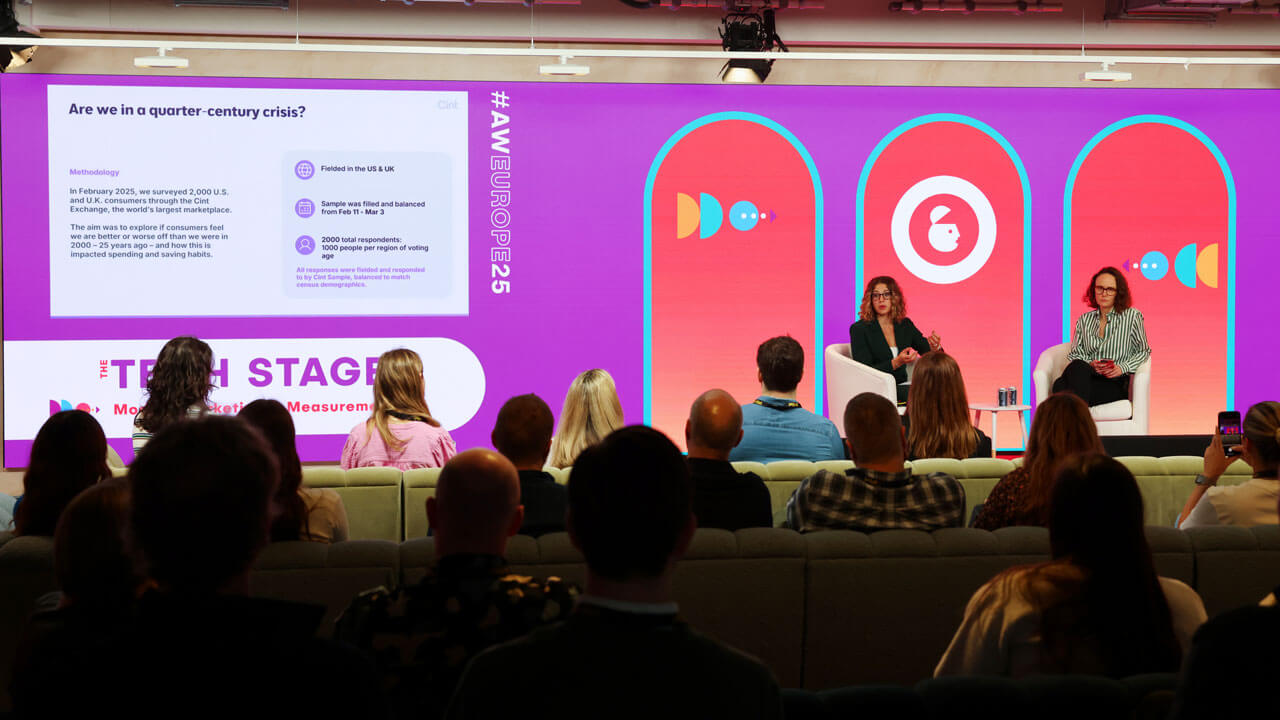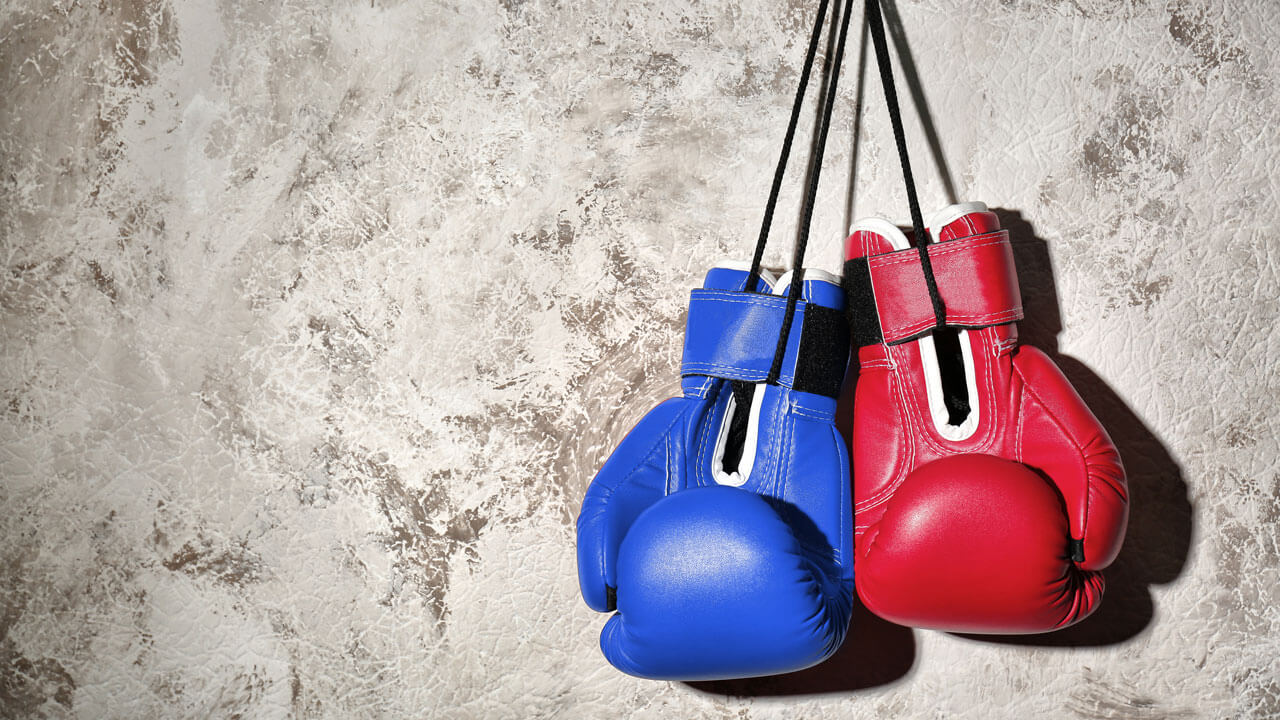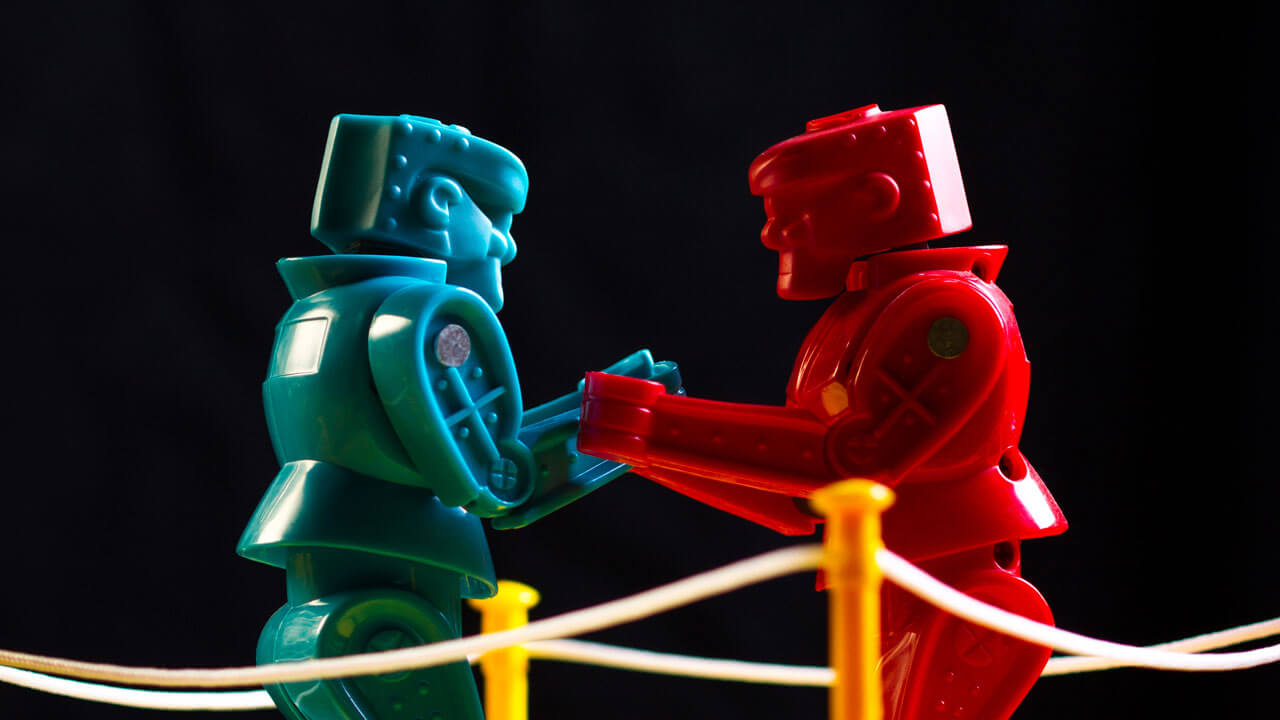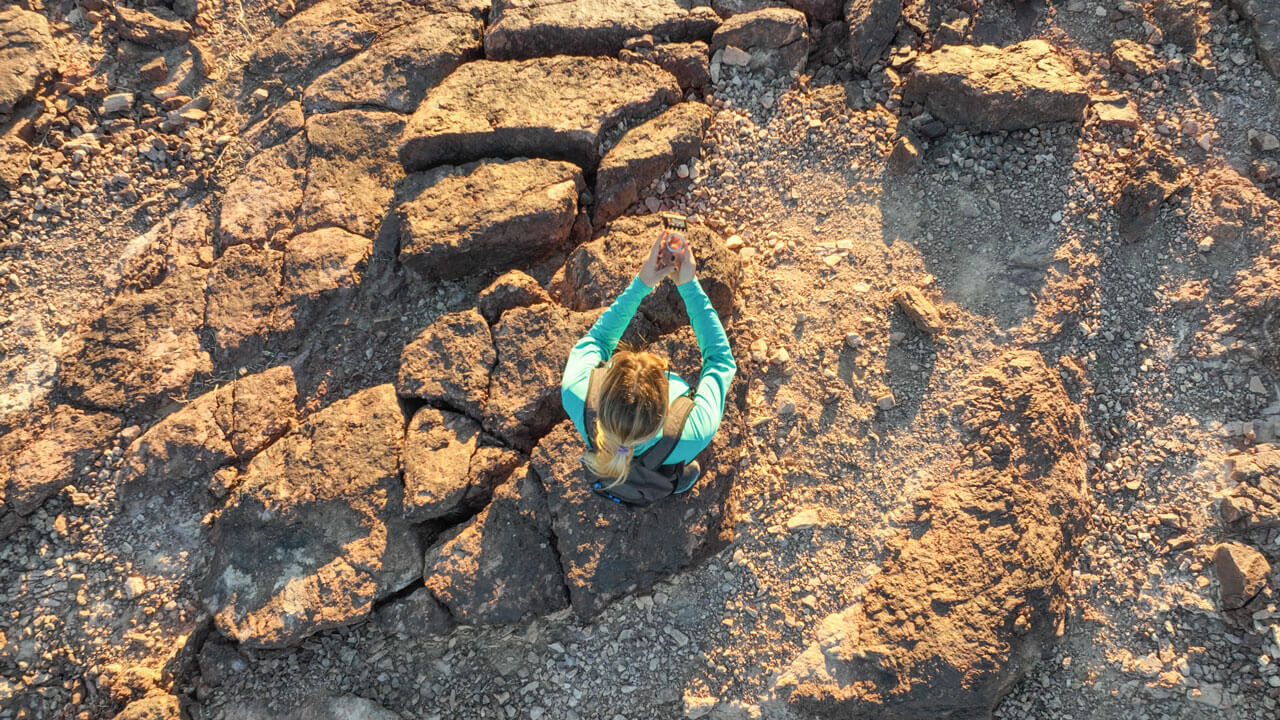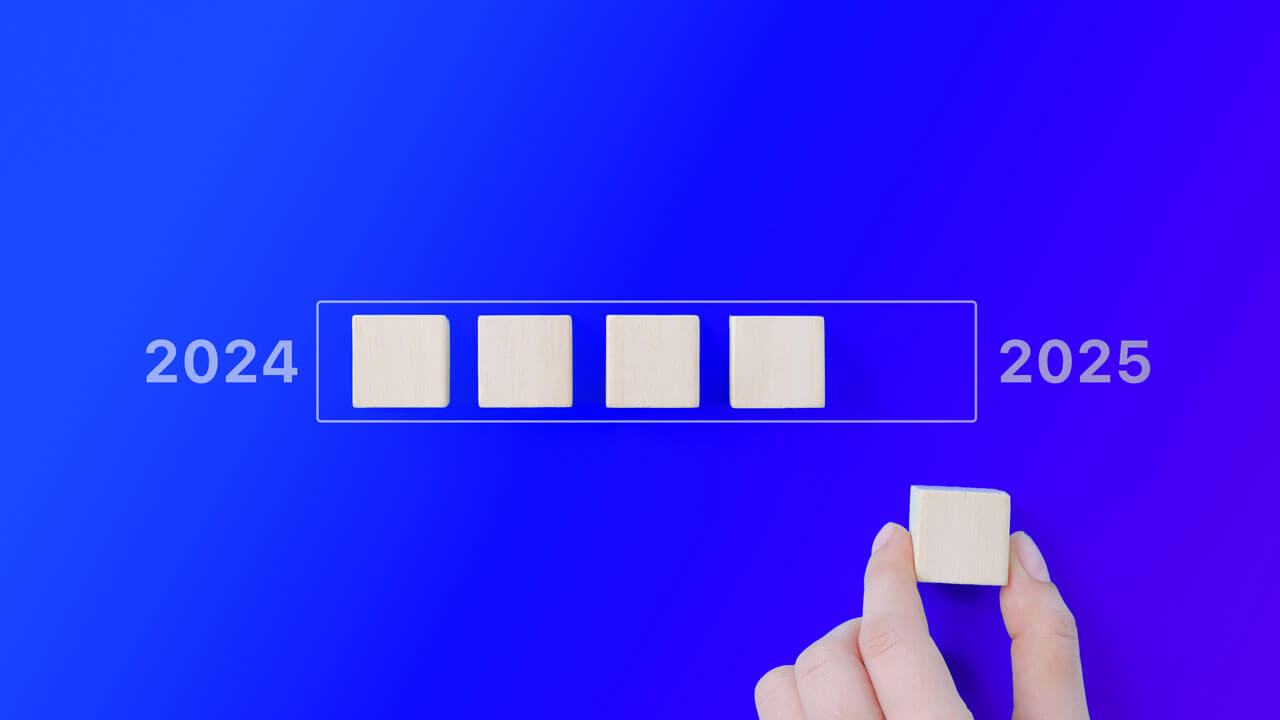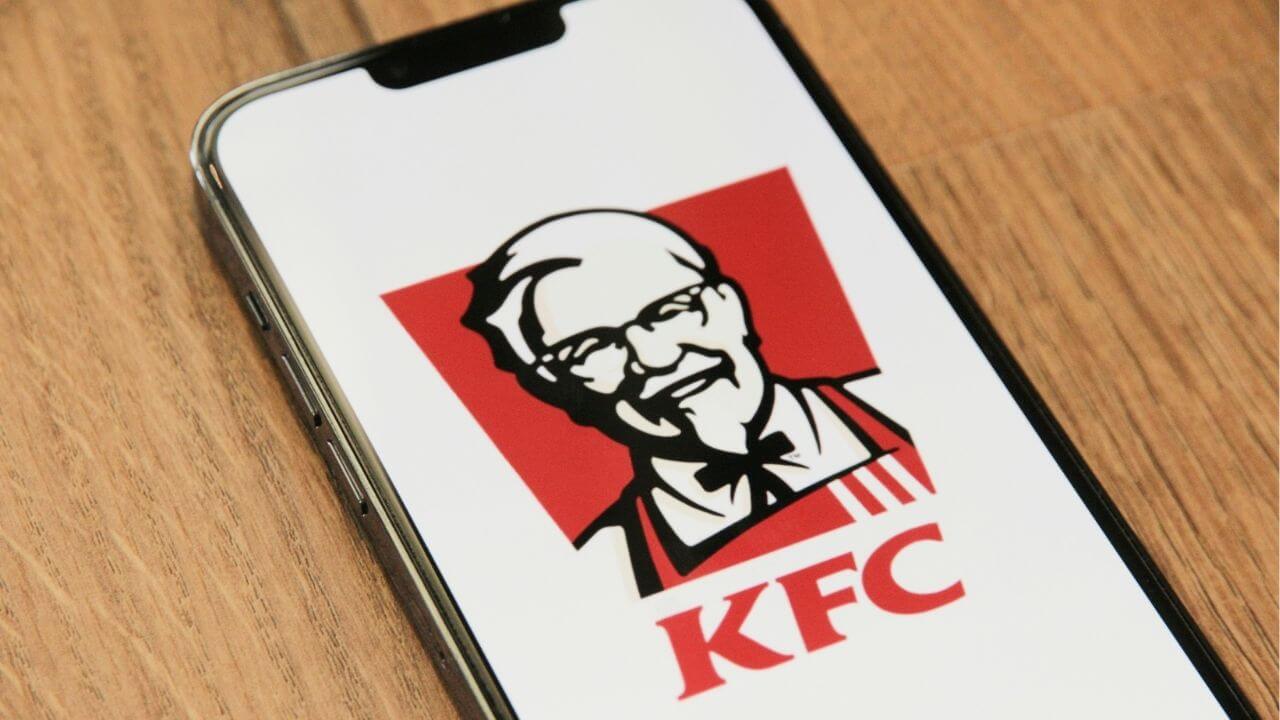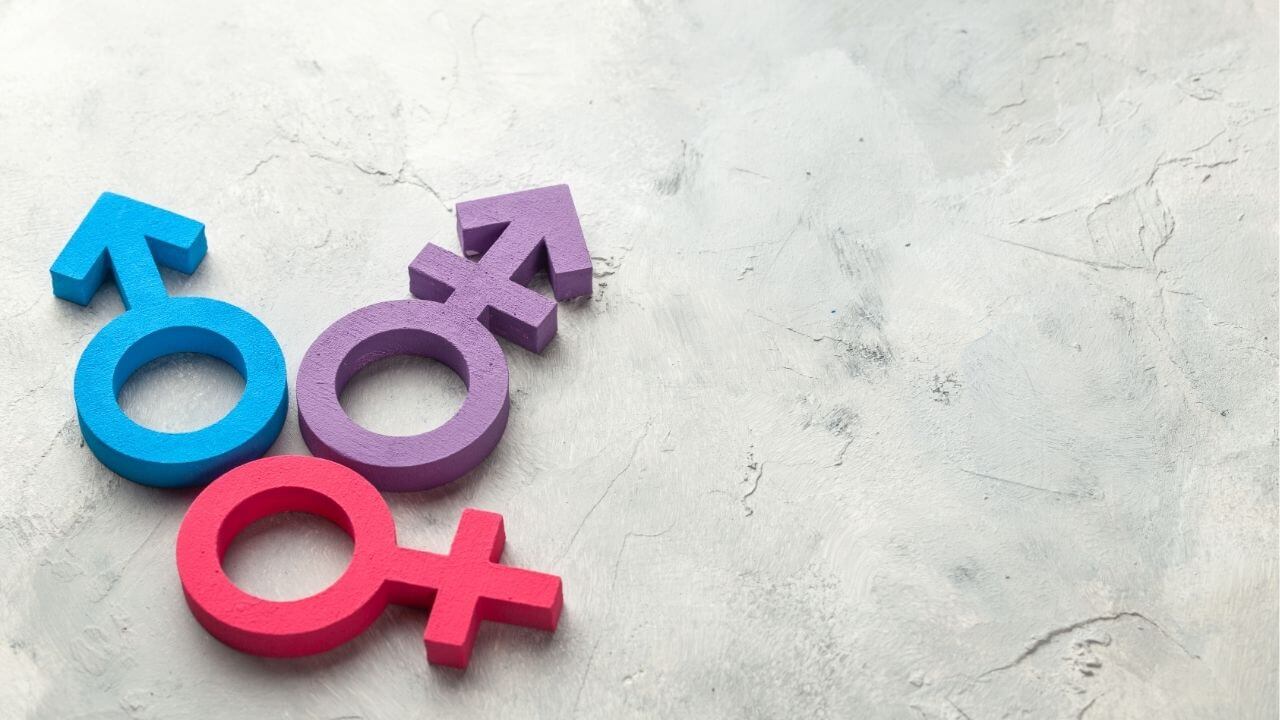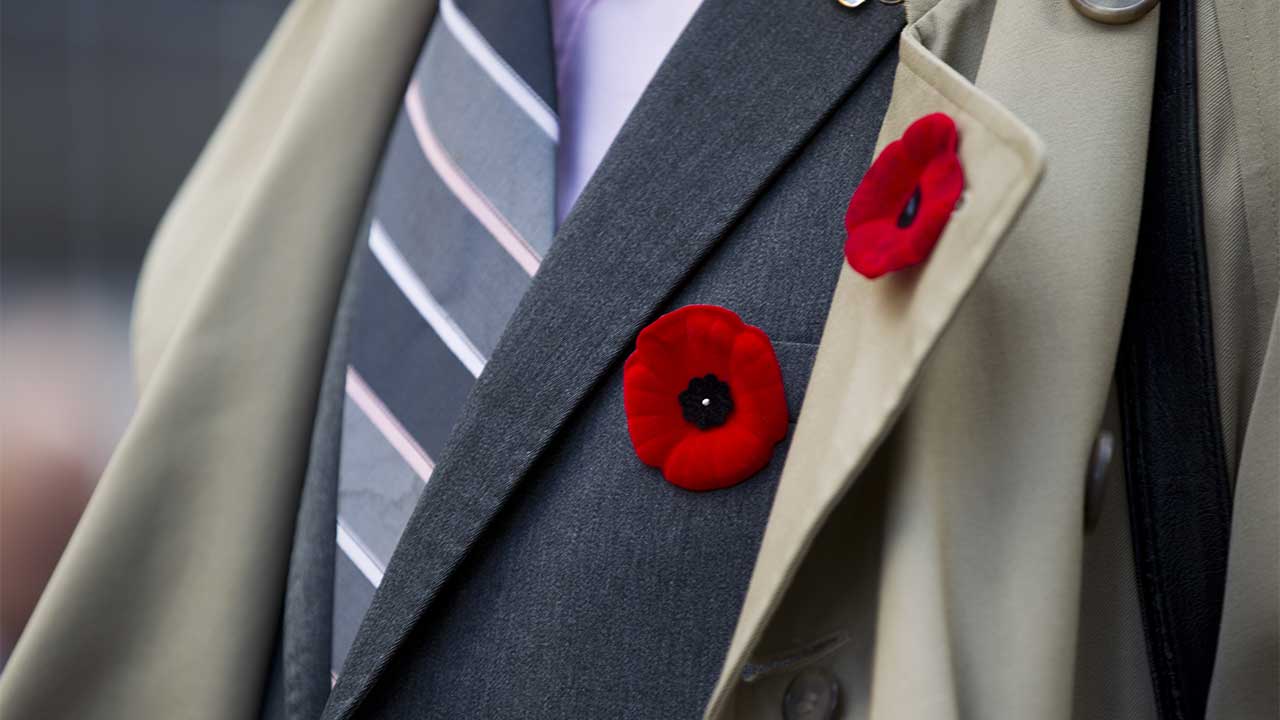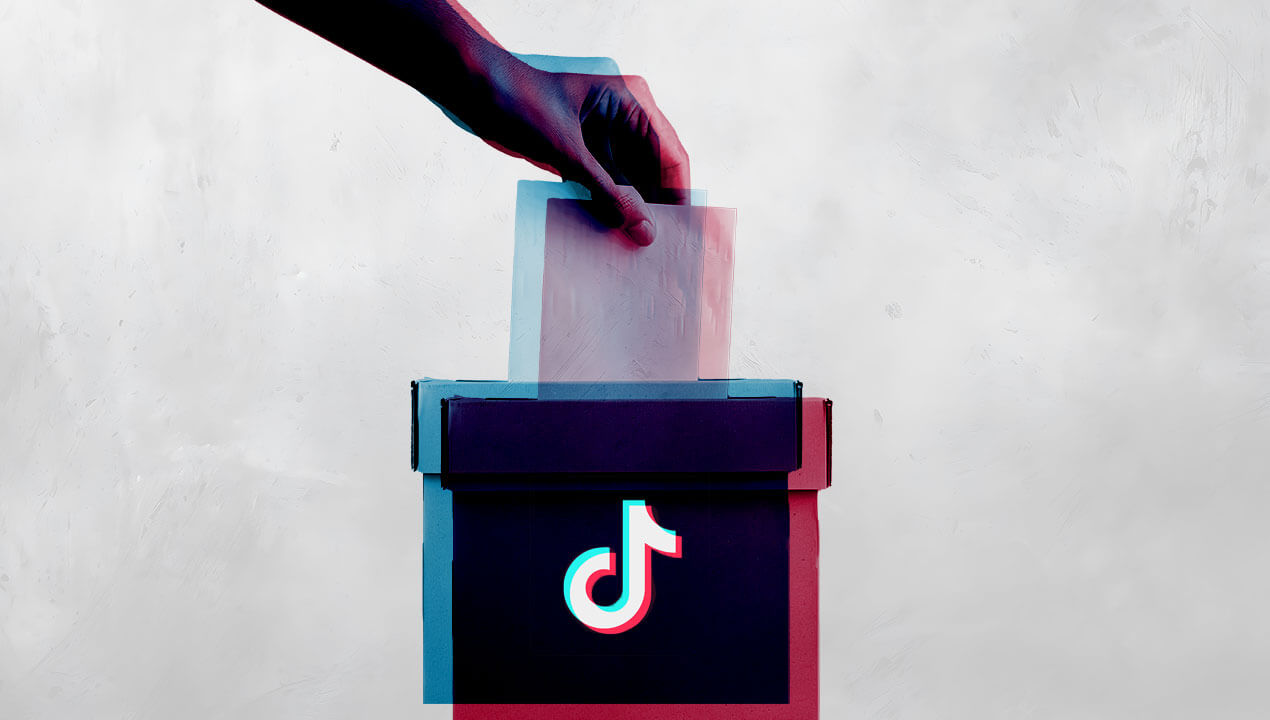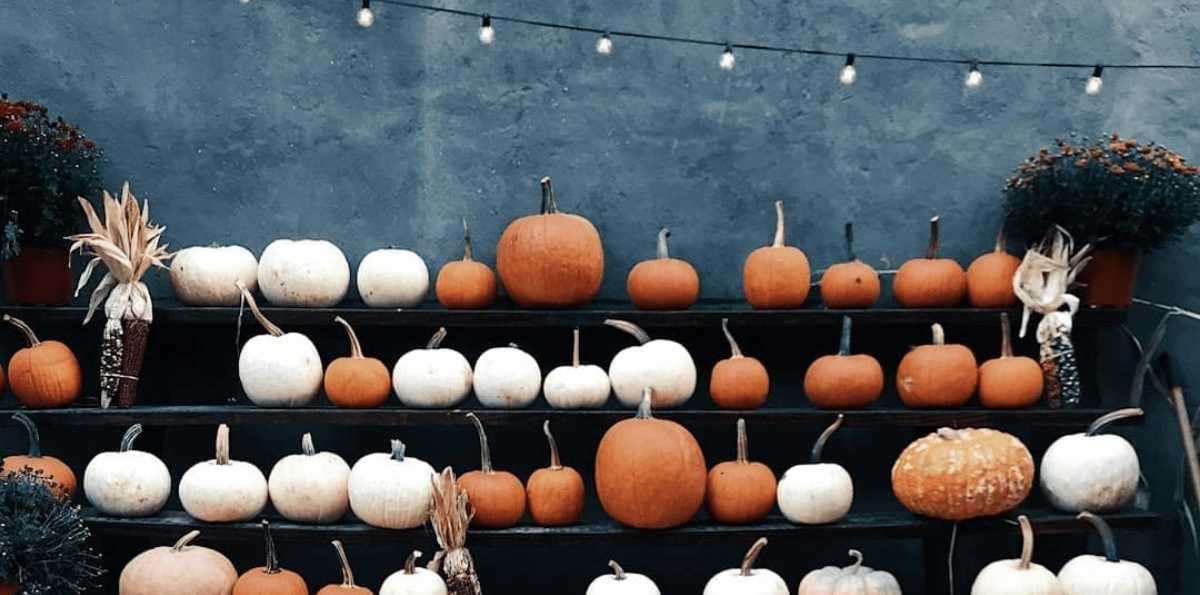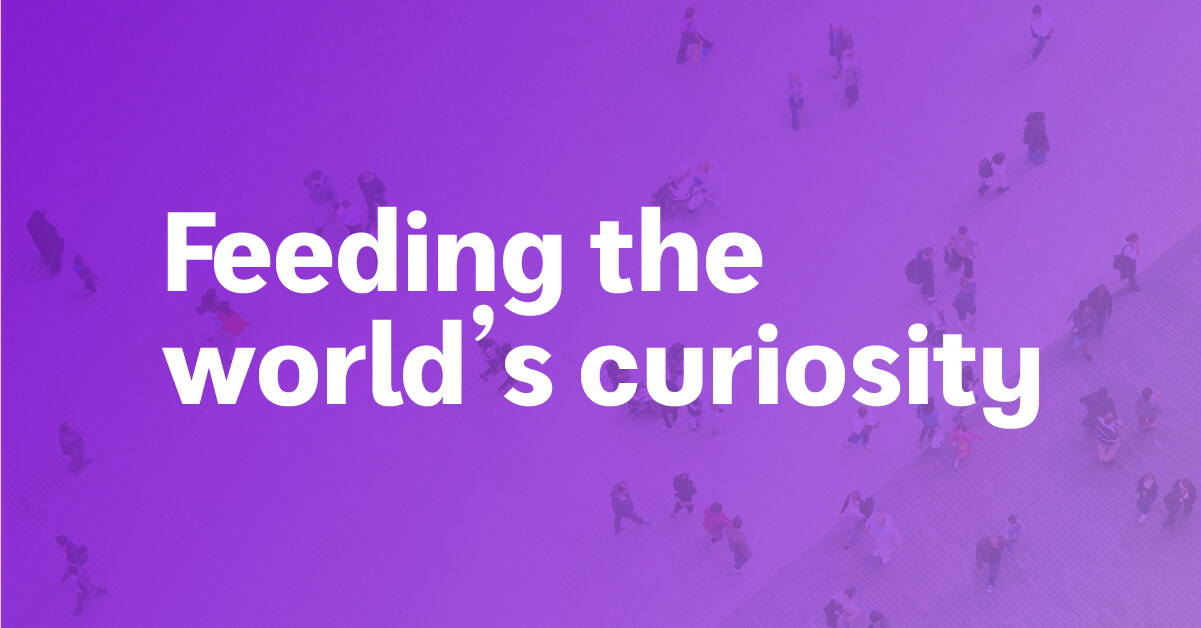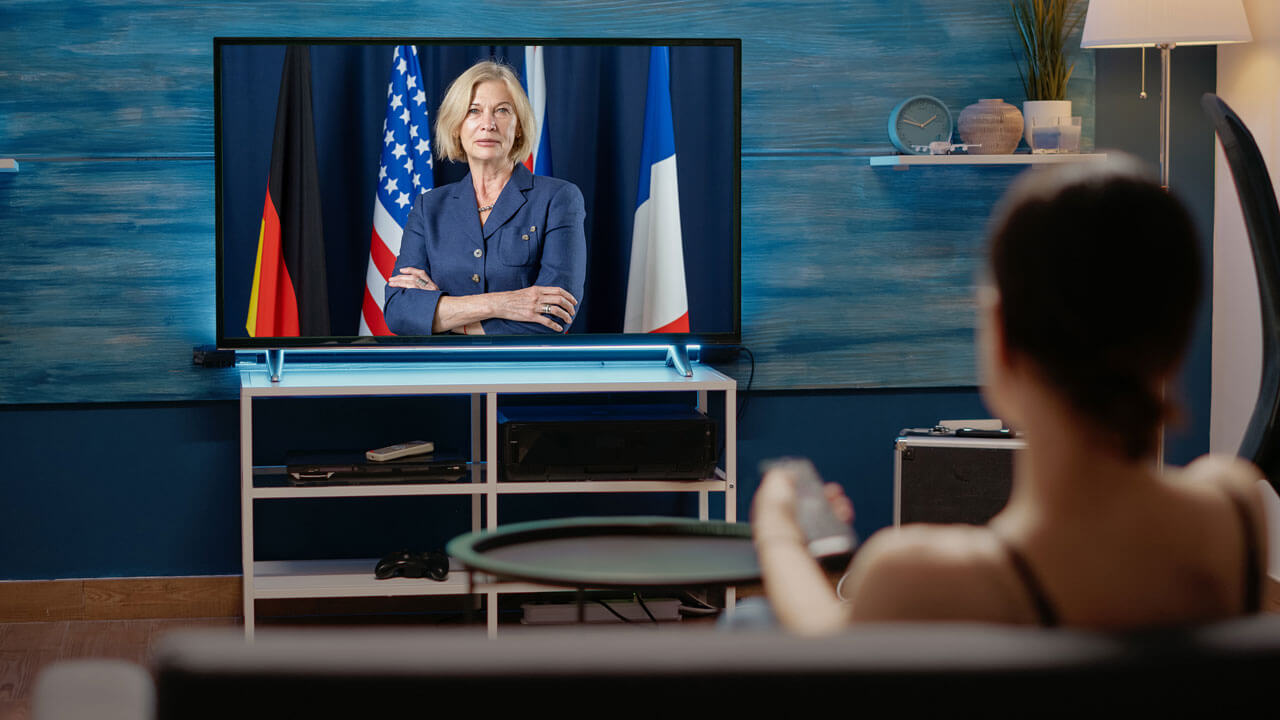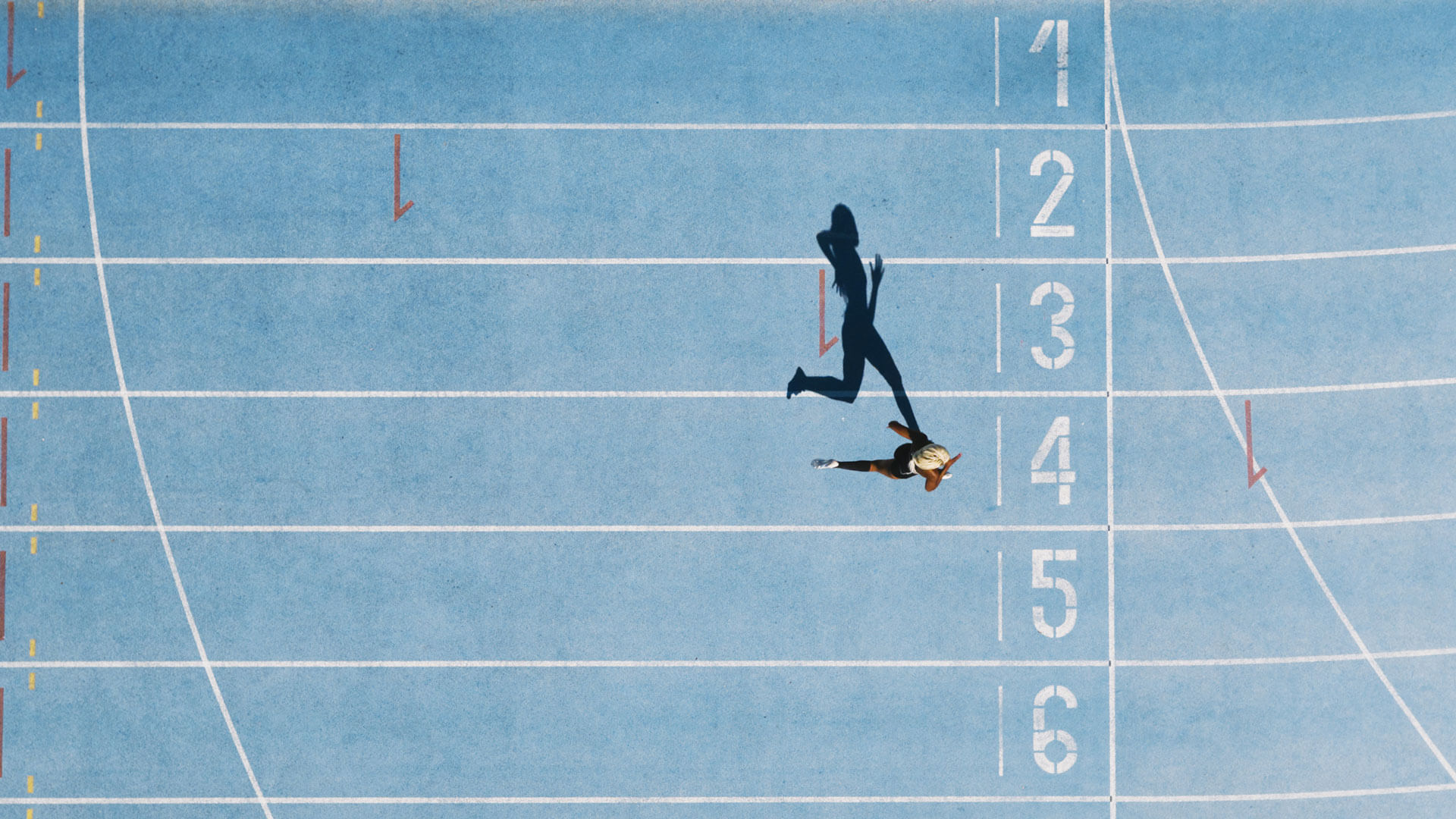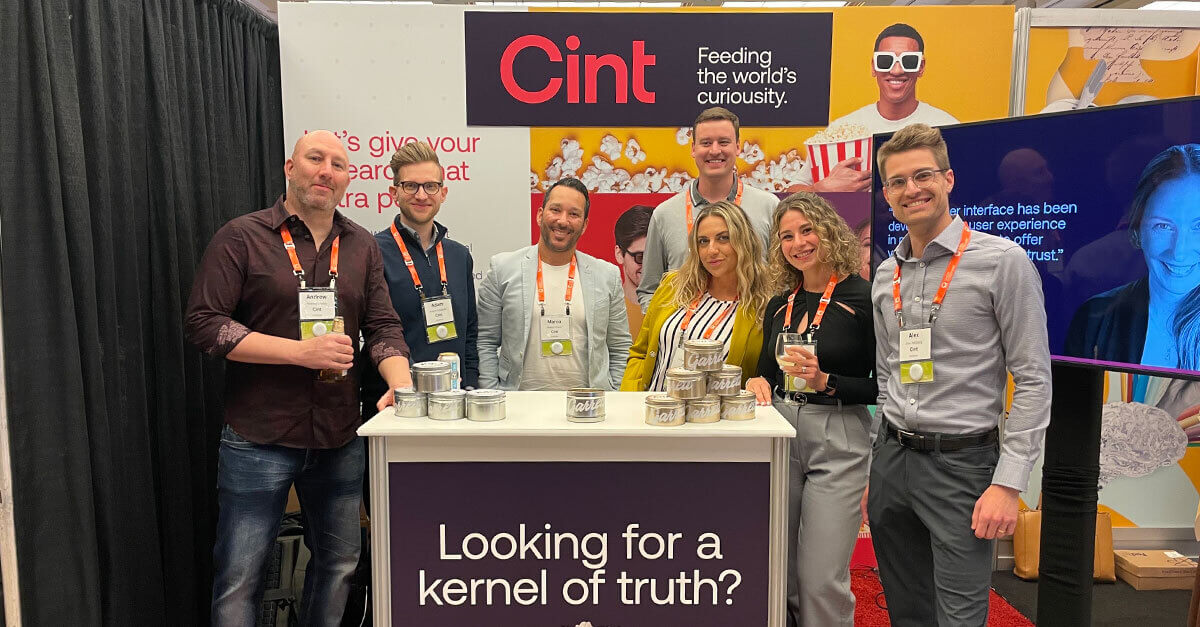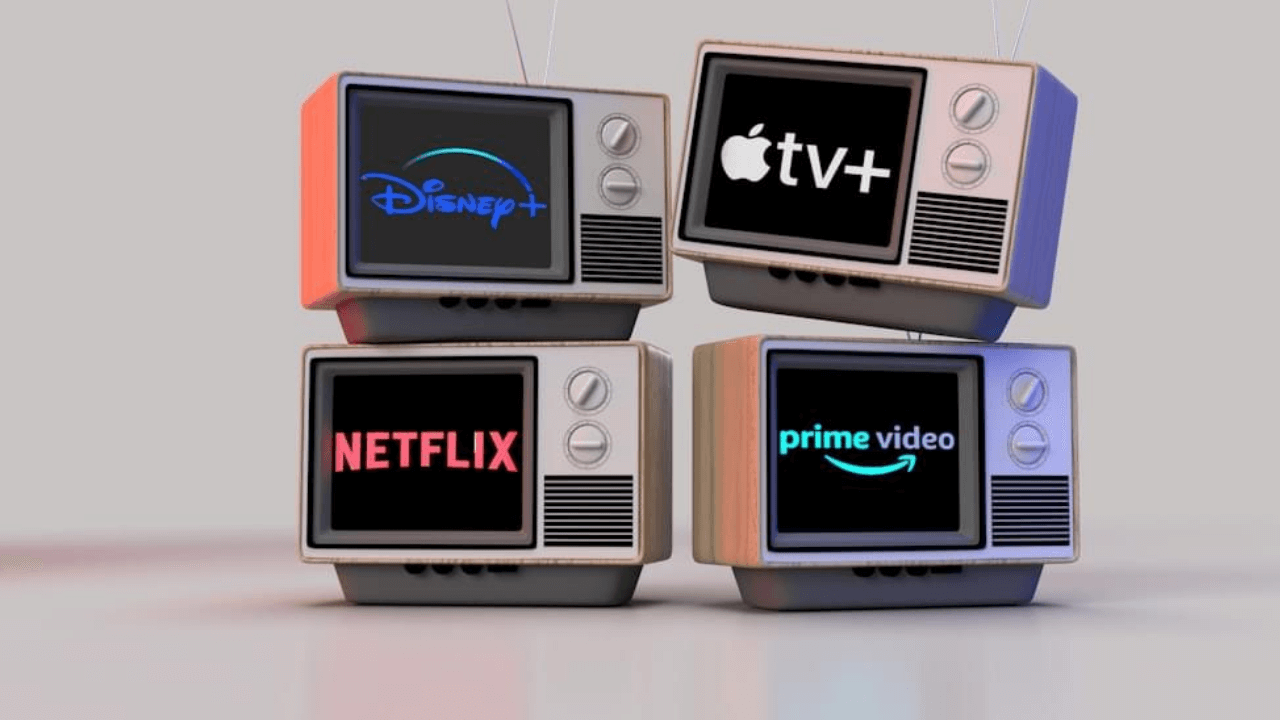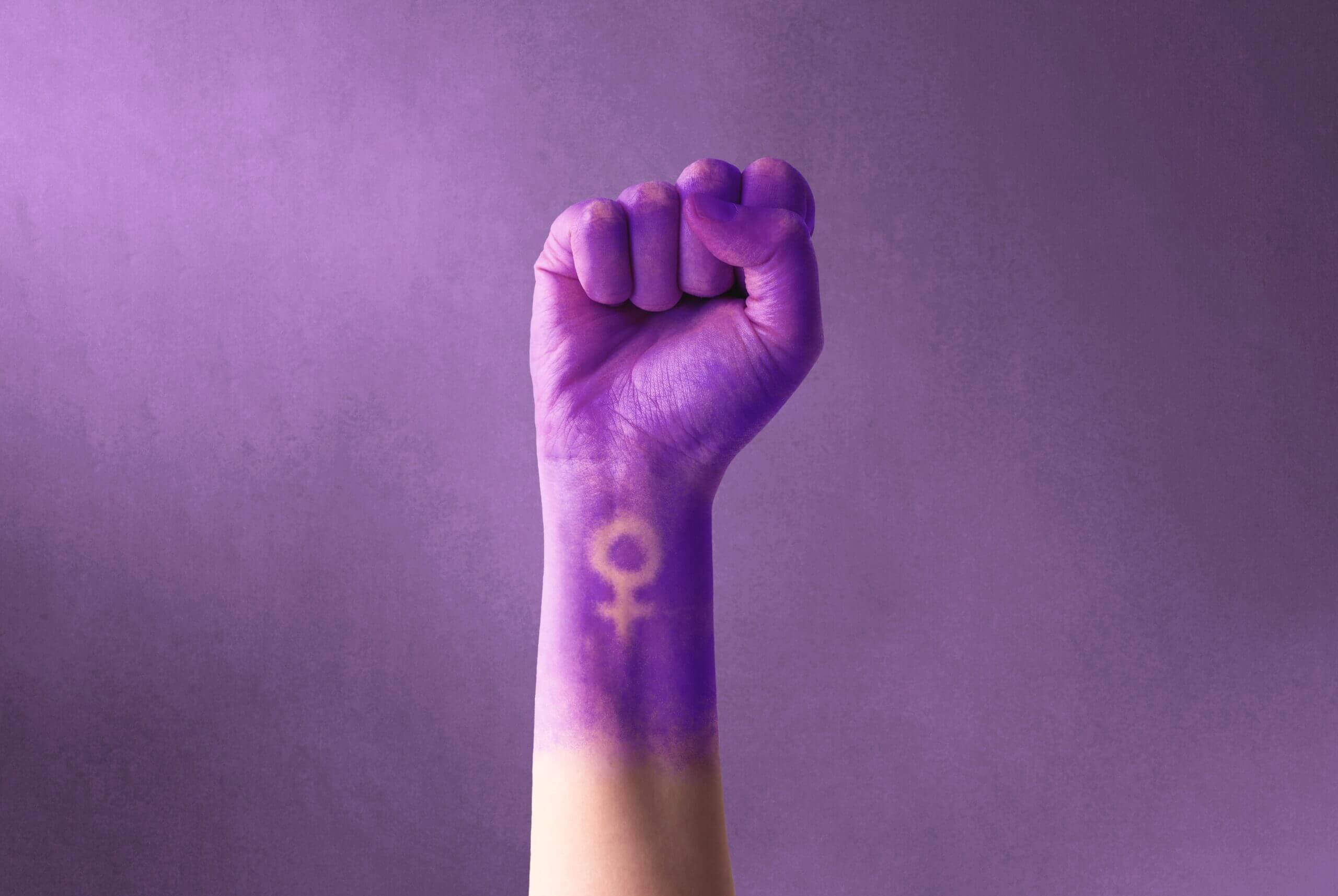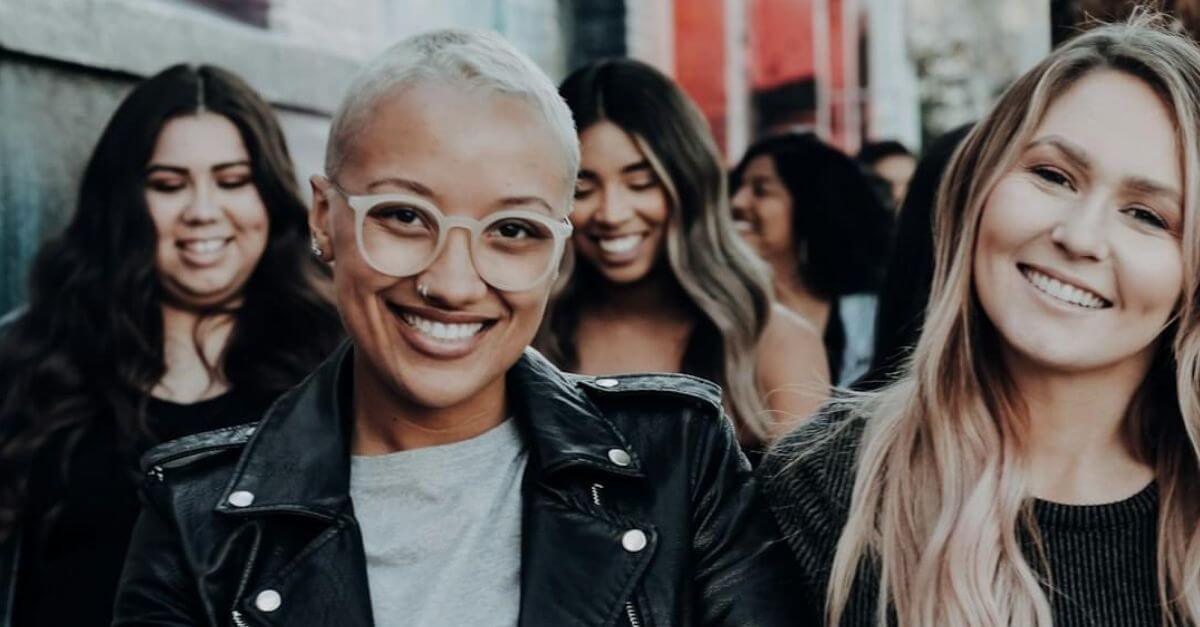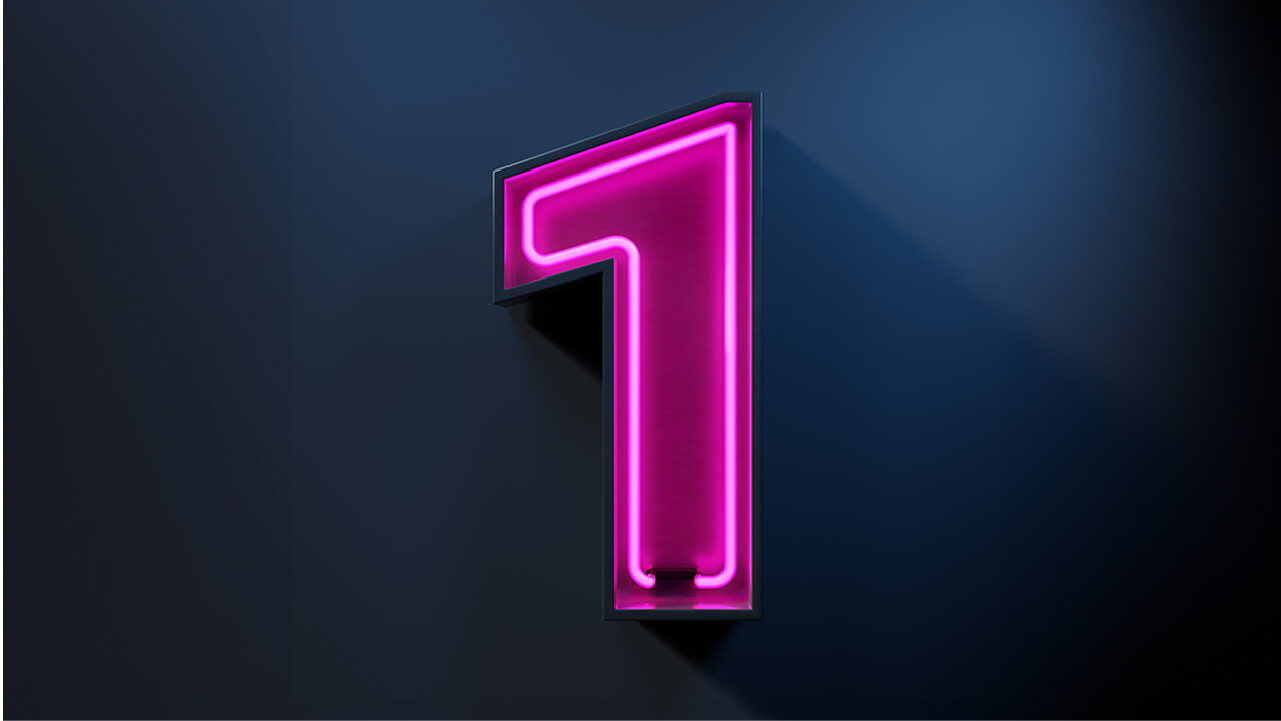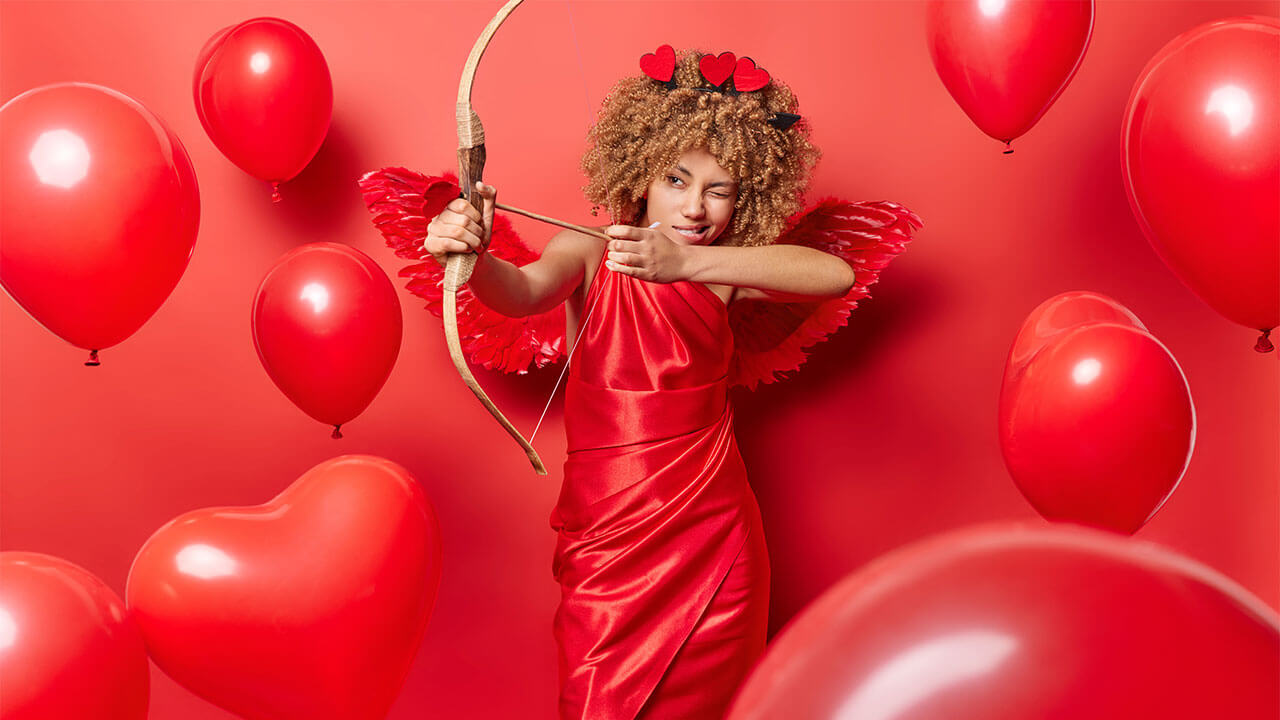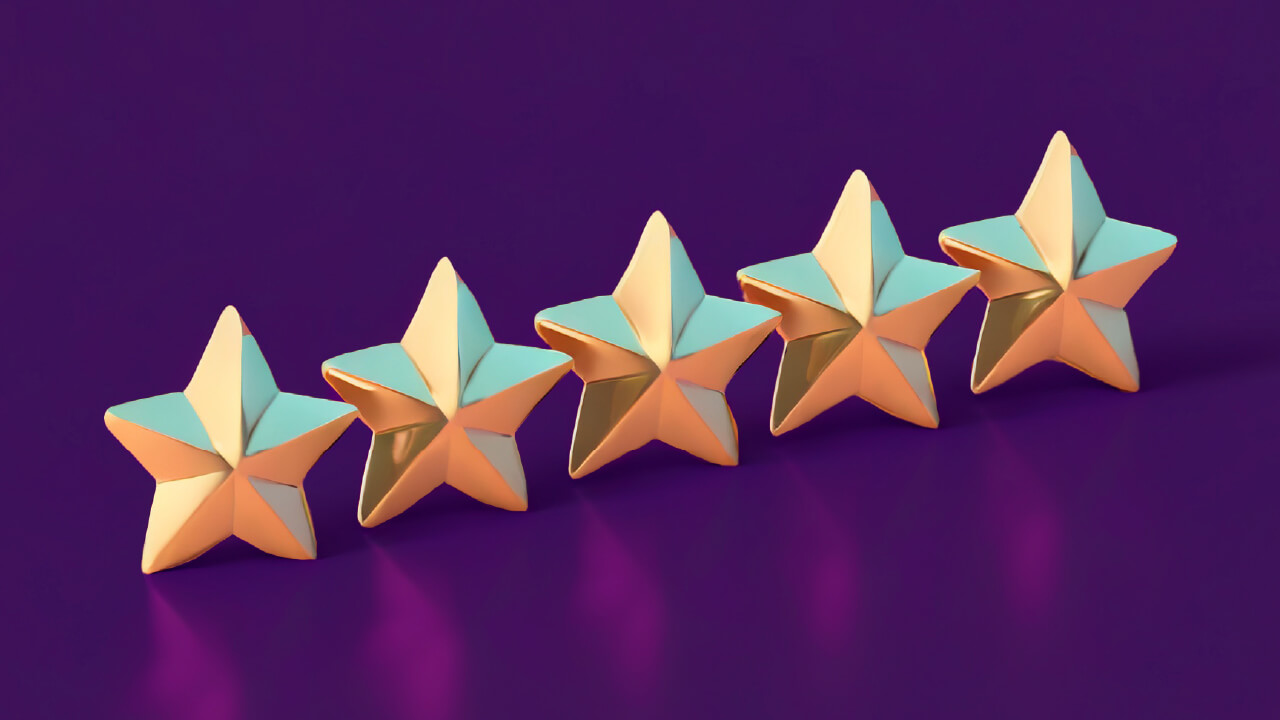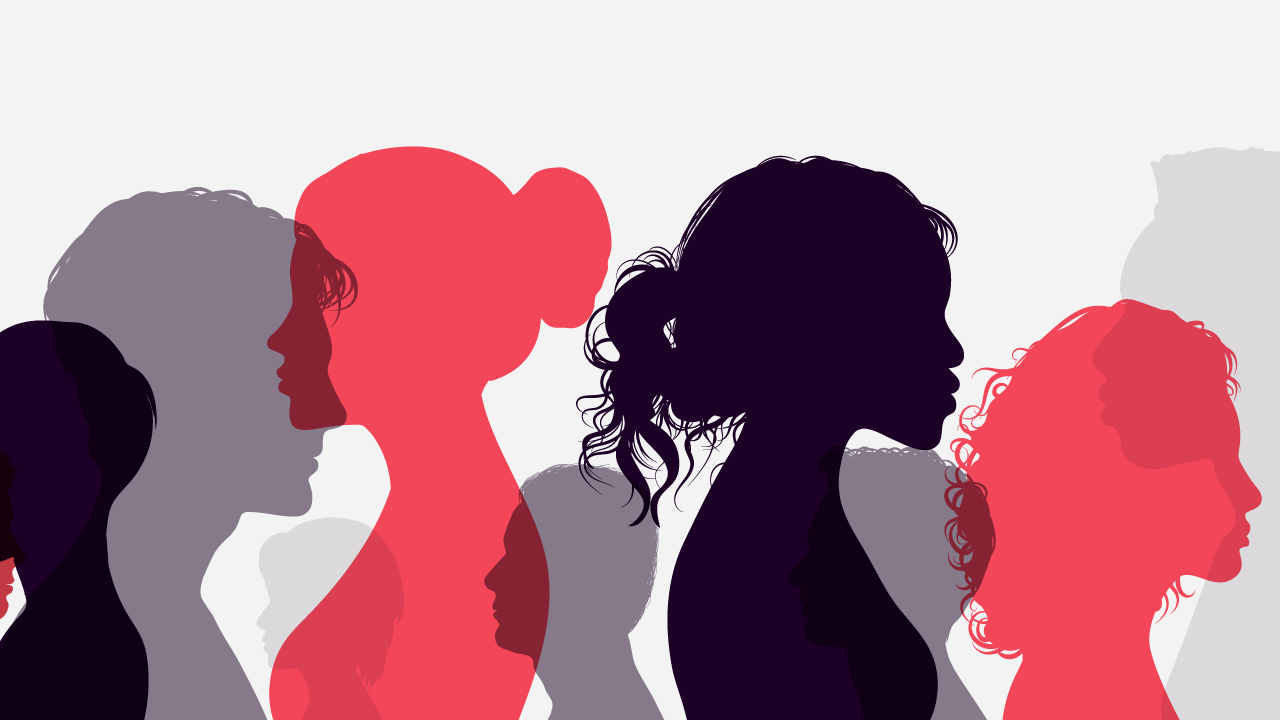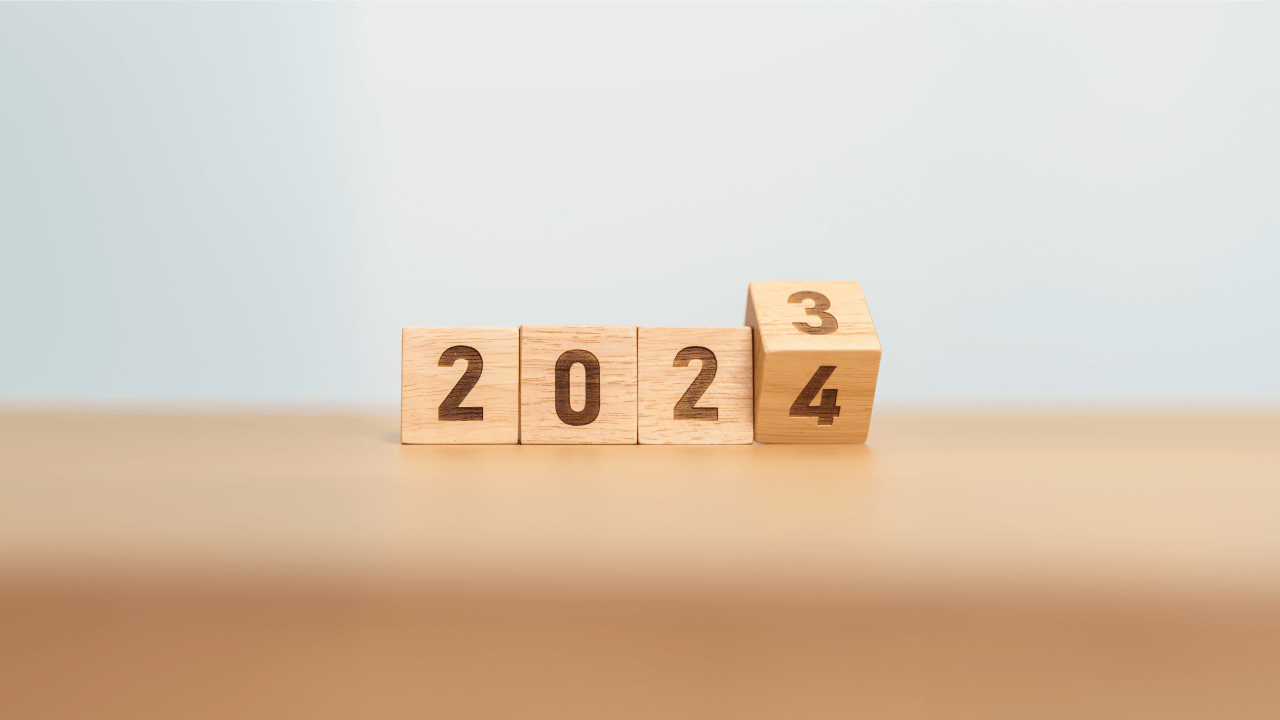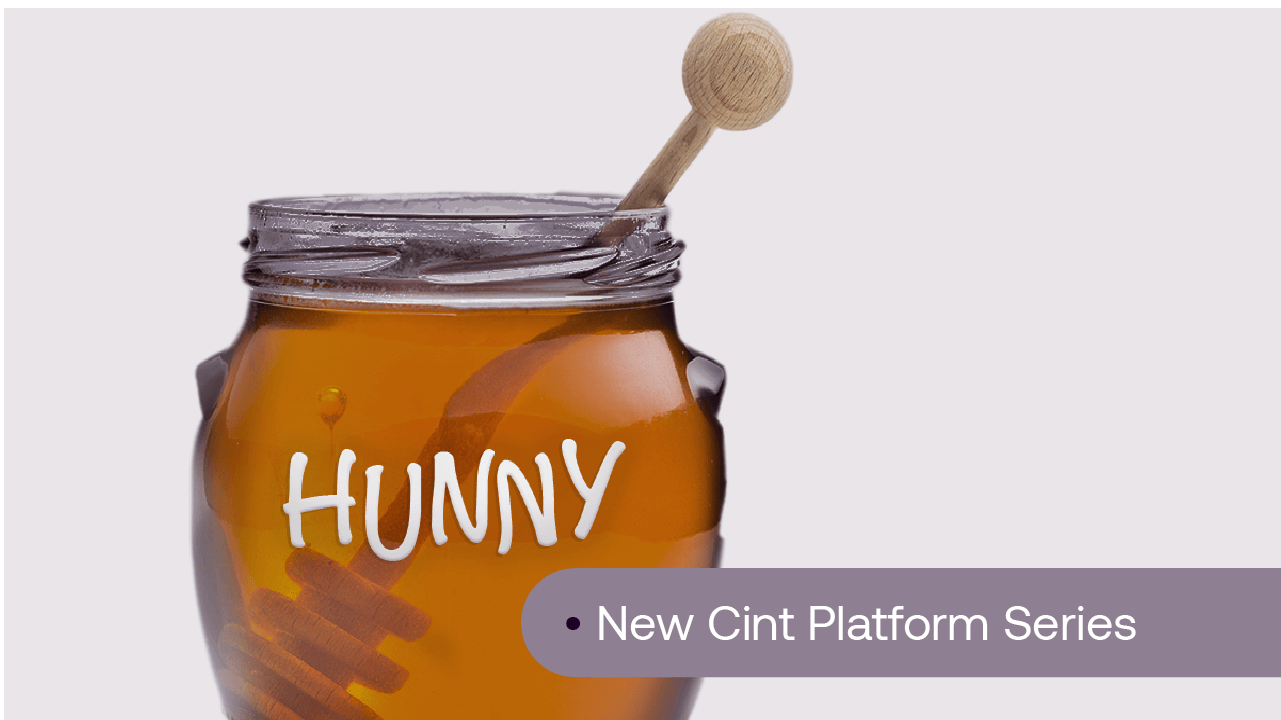Was it really a ‘Brat summer’?
While she might claim to be “your favorite reference”, Cint respondents seem somewhat cool on Charli and the concept of a ‘Brat summer’. Over half (52%) of our American respondents were either unaware or very unaware of the trend. Those numbers track nearly identically on the other side of the Atlantic, with 30% of Brits being very unaware of ‘Brat summer’, while 25% downgraded slightly to considering themselves unaware of the phenomenon. Asked if they’d had a Brat summer, the answer on both sides of the pond was a resounding no: 58% of UK respondents and 45% of those surveyed in the US were categorical about the fact that they haven’t had felt bratty over the past few months. In happier reading for Charli XCX and her record label, around a quarter of everyone we questioned (23% in the UK vs 25% in the US) considered themselves to have embodied the Brat mindset while the sun shined.Did it shift records?
OK, so not everyone went Full Brat, even if the album rollout might have been one of the summer’s biggest viral smashes. However, did it have a tangible impact on record sales? In a result that demonstrates that hype doesn’t always translate directly into commercial success, and if our survey is anything to go by, the answer is pretty straightforwardly no. 46% of US respondents (and 40% of those questioned in the UK) have not listened to Brat. In both nations, just over a fifth of those questioned by Cint (21%) have no intention of ever pressing play on the record. However, results were similar across the pond when polled if a huge marketing push backing a new song or album release would likely sway listening habits with a majority in the US (65%) and UK (64%) stating they would be very or somewhat likely to hit play.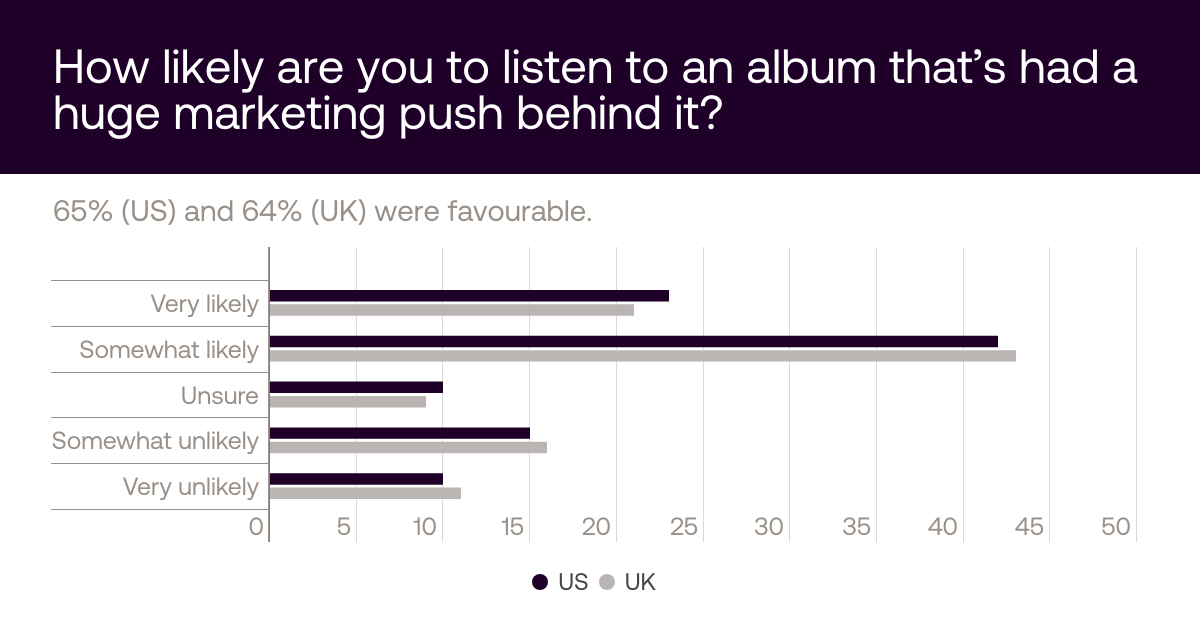 Of those who have spent time with the LP, listening to it via a streaming service is their preferred method of delivery for just under a fifth (18% of Brits, 17% of Americans) of our respondents.
It seems like ownership isn’t on the agenda for the bulk of people surveyed by Cint. For all the fanfare in recent years about the vinyl revival, only 10% of US respondents and 5% of Brits went to their local record shop to pick up the LP. CDs fared even worse: a tiny 7% of surveyors from both countries bought Brat in that format.
Of those who have spent time with the LP, listening to it via a streaming service is their preferred method of delivery for just under a fifth (18% of Brits, 17% of Americans) of our respondents.
It seems like ownership isn’t on the agenda for the bulk of people surveyed by Cint. For all the fanfare in recent years about the vinyl revival, only 10% of US respondents and 5% of Brits went to their local record shop to pick up the LP. CDs fared even worse: a tiny 7% of surveyors from both countries bought Brat in that format.
Did it shift perceptions?
For Cint’s respondents, the buzz might not have correlated directly with getting hold of the album, but has external adoption done anything to their image of a particular brand or product? Asked how likely they were to have their perception of a brand changed by them jumping on a trend like ‘Brat summer’, our audience indicated that feelings are mixed. Just under half (42%) of Americans and a third of Brits (33%) were very positive or positive about brands leveraging major media trends.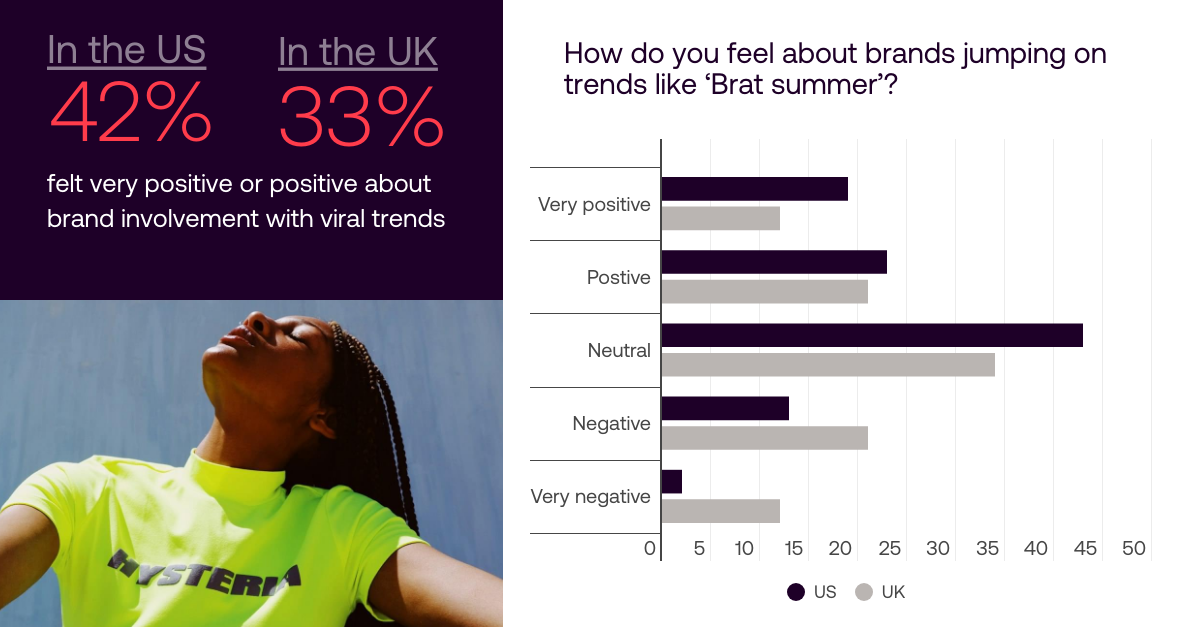 Not everyone we polled is so keen on the idea, though. In the UK, a third of respondents indicated that campaigns of this kind engender negative or very negative feelings, a figure that drops to 15% in the US.
It might have spawned a million memes, a TikTok dance trend, and could even sway a US presidential election, but our CintSnap is evidence that in the cutthroat world of music, going viral isn’t a surefire way of shifting units — or getting people to buy unrelated products.
Have you been bumpin’ that? Or avoiding the whole thing entirely? Join the conversation on our LinkedIn page.
Not everyone we polled is so keen on the idea, though. In the UK, a third of respondents indicated that campaigns of this kind engender negative or very negative feelings, a figure that drops to 15% in the US.
It might have spawned a million memes, a TikTok dance trend, and could even sway a US presidential election, but our CintSnap is evidence that in the cutthroat world of music, going viral isn’t a surefire way of shifting units — or getting people to buy unrelated products.
Have you been bumpin’ that? Or avoiding the whole thing entirely? Join the conversation on our LinkedIn page.
